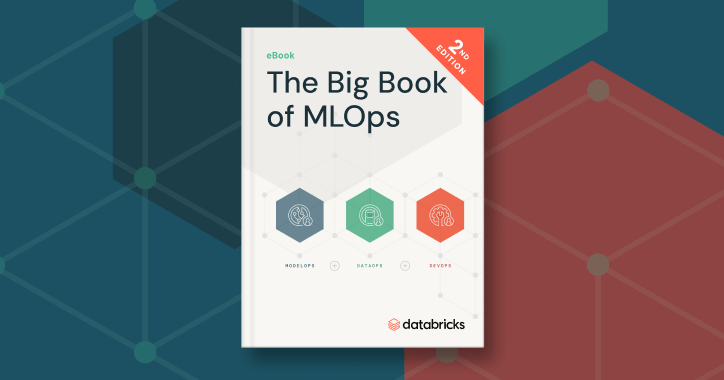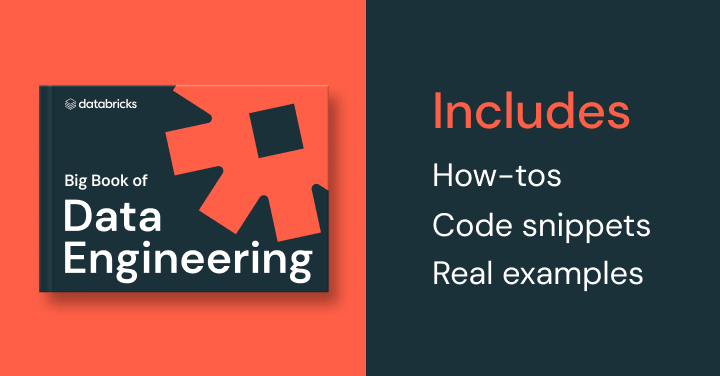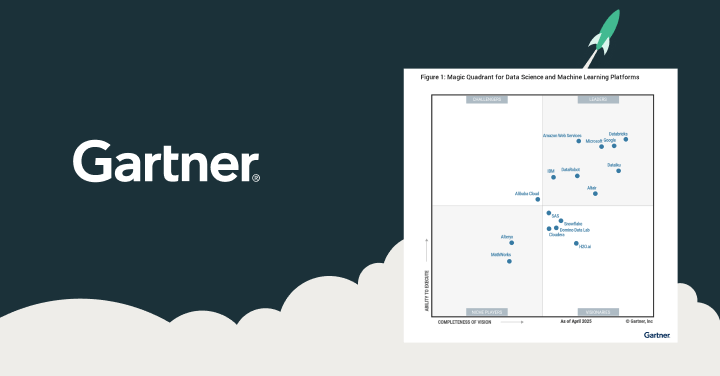ML Pipelines
Typically when running machine learning algorithms, it involves a sequence of tasks including pre-processing, feature extraction, model fitting, and validation stages. For example, when classifying text documents might involve text segmentation and cleaning, extracting features, and training a classification model with cross-validation. Though there are many libraries we can use for each stage, connecting the dots is not as easy as it may look, especially with large-scale datasets. Most ML libraries are not designed for distributed computation or they do not provide native support for pipeline creation and tuning.
Here’s more to explore
The ML Pipelines is a High-Level API for MLlib that lives under the "spark.ml" package. A pipeline consists of a sequence of stages. There are two basic types of pipeline stages: Transformer and Estimator. A Transformer takes a dataset as input and produces an augmented dataset as output. E.g., a tokenizer is a Transformer that transforms a dataset with text into an dataset with tokenized words. An Estimator must be first fit on the input dataset to produce a model, which is a Transformer that transforms the input dataset. E.g., logistic regression is an Estimator that trains on a dataset with labels and features and produces a logistic regression model.


